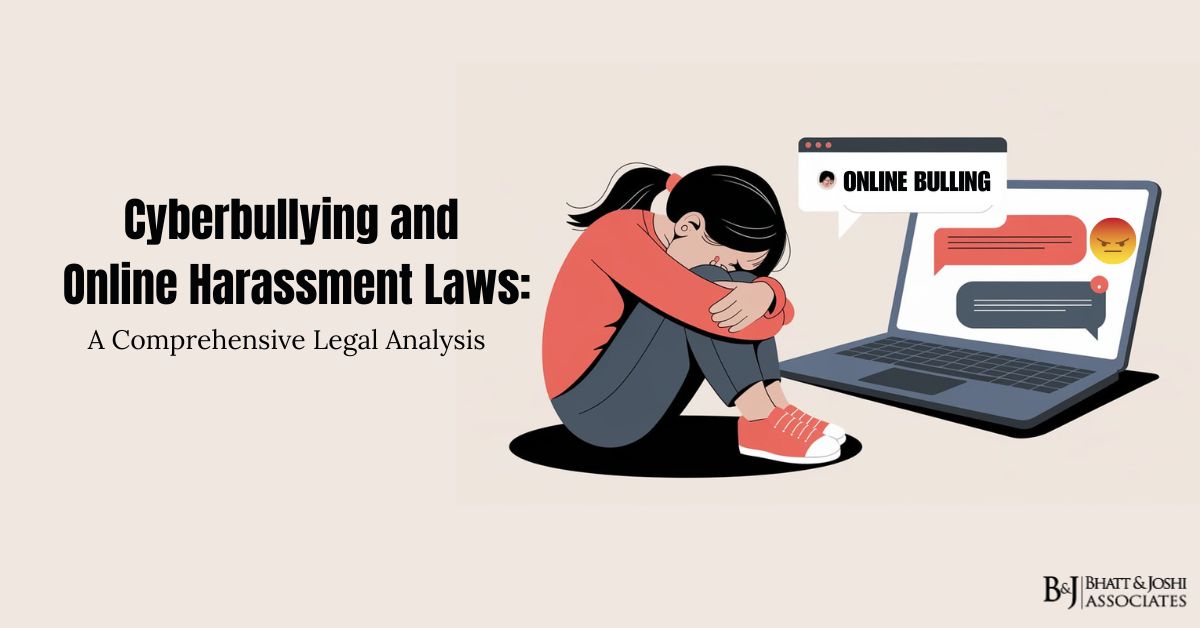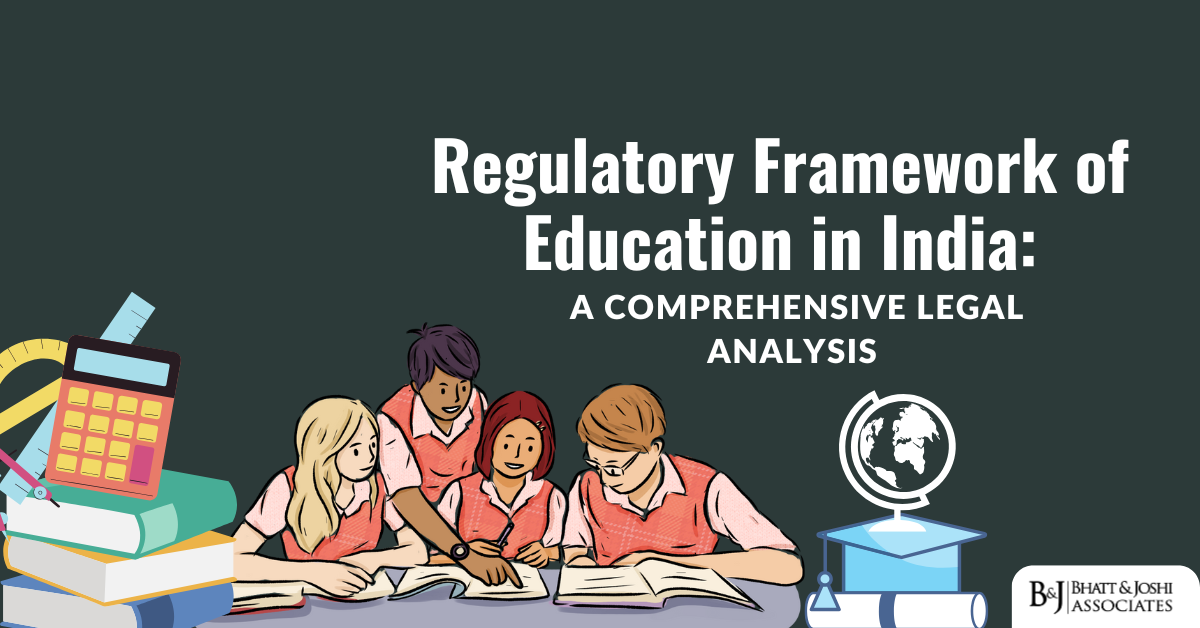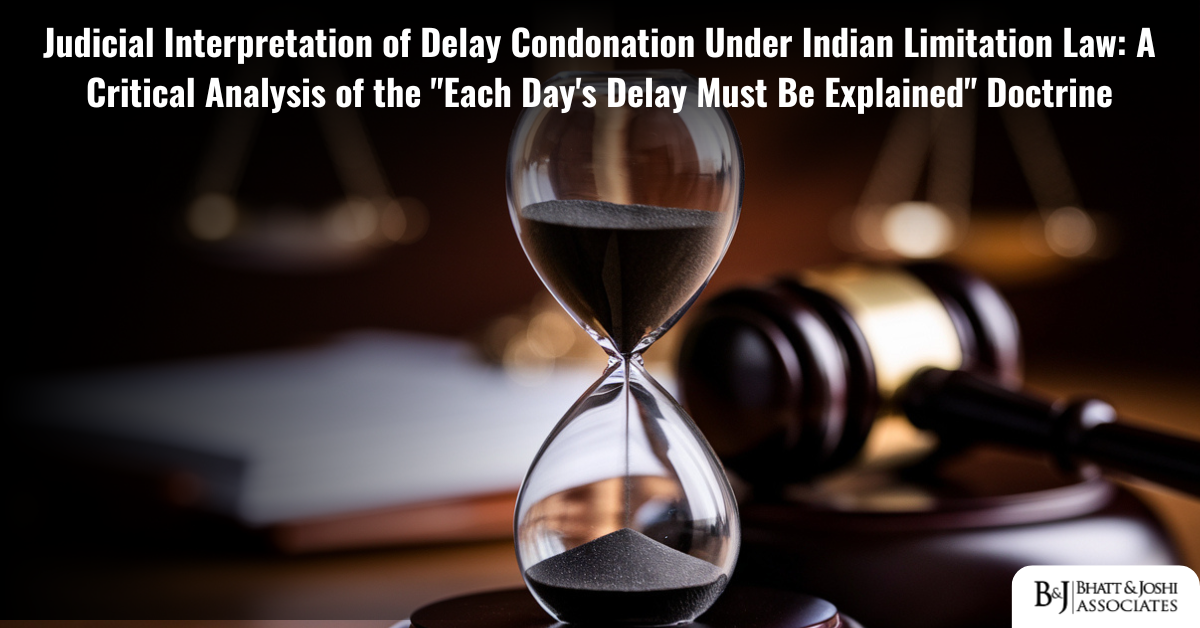Introduction
The internet and digital platforms have dramatically altered the ways in which people communicate, socialize, and interact. While these advancements offer countless benefits, they have also introduced significant challenges, including cyberbullying and online harassment. These issues pose unique legal and regulatory problems as digital platforms can be used to intimidate, manipulate, and harm individuals in ways that transcend physical boundaries and are often difficult to track. This article aims to provide an in-depth understanding of cyberbullying and online harassment laws, examining the regulations, relevant case laws, and judicial interpretations around these matters, with a particular focus on different jurisdictions and how these legal frameworks have evolved to address these digital threats.
Understanding Cyberbullying and Online Harassment
Cyberbullying and online harassment are forms of abuse that occur primarily on digital platforms. Cyberbullying is often targeted at minors and involves the use of social media, messaging platforms, or other online communication tools to intimidate, harass, or harm another individual. This could involve spreading false rumors, sharing humiliating content, or sending threatening messages. Online harassment, while similar, is a broader category that affects adults and children alike and encompasses behaviors such as stalking, threats, defamation, and the non-consensual sharing of intimate or private information.
Both cyberbullying and online harassment have severe emotional, psychological, and social consequences for the victims. The anonymity provided by the internet makes it easier for perpetrators to harass their victims without fear of immediate accountability. The widespread and borderless nature of the internet amplifies the reach of harmful actions, allowing cyberbullying or harassment to go viral and impact victims on a global scale.
Cyberbullying typically affects younger people, often targeting children and teenagers. Online harassment, however, is more diverse in its victims, targeting individuals based on various characteristics, including gender, race, religion, sexual orientation, and political beliefs. The personal, emotional, and even professional damage caused by cyberbullying and online harassment can be severe, leading to depression, anxiety, and in extreme cases, suicide. This has forced legal systems to adopt specialized regulations to address these issues.
Why Laws Specifically Addressing Cyberbullying and Online Harassment Are Necessary
Traditional laws surrounding harassment, stalking, and defamation were created in a world before the internet and social media. These laws typically deal with face-to-face interactions or physical harassment and may not account for the complexities of online abuse. As cyberbullying and online harassment can occur anonymously and across borders, it has become clear that new and adapted legal frameworks are necessary to regulate this behavior effectively.
One of the major difficulties with regulating cyberbullying and online harassment is anonymity. Perpetrators can hide behind pseudonyms, fake profiles, and encrypted messaging platforms, making it challenging to identify and hold them accountable for their actions. Additionally, the global reach of the internet complicates the issue of jurisdiction, as perpetrators may reside in different countries from their victims. In these instances, domestic laws may be insufficient to prosecute offenders, and international cooperation is required.
International Legal Framework Governing Cyberbullying and Online Harassment
Various countries have taken distinct approaches to address the legal and regulatory challenges posed by cyberbullying and online harassment. These approaches often depend on the specific social, legal, and political contexts of each country, resulting in a patchwork of regulations and policies.
United States: A State-Based Approach to Cyberbullying
The United States has approached cyberbullying and online harassment primarily at the state level. While there is no federal law that directly addresses cyberbullying, several states have passed laws specifically targeting this issue.
One of the most comprehensive state laws is New Jersey’s Anti-Bullying Bill of Rights Act, which was enacted in response to the death of Tyler Clementi, a university student who took his own life after being cyberbullied. This law mandates that all reports of bullying, including cyberbullying, must be investigated by schools. It also requires schools to implement policies to prevent and address bullying on digital platforms. New Jersey’s law is seen as a model for other states seeking to address cyberbullying in educational environments.
In contrast to state efforts, federal law provides indirect remedies. Section 230 of the Communications Decency Act (CDA), 1996 is a key piece of federal legislation that has shaped the legal landscape for online harassment. Section 230 grants immunity to online platforms for content posted by users, shielding social media companies, internet service providers, and other platforms from liability for user-generated content. While this provision allows platforms to facilitate free expression, it has also drawn criticism for allowing platforms to escape responsibility for failing to prevent or remove harmful content. Ongoing debates about the reform of Section 230 indicate that lawmakers are grappling with how to balance free speech with protections from cyberbullying and online harassment.
Additionally, federal proposals like the Megan Meier Cyberbullying Prevention Act, introduced in Congress following the death of Megan Meier, sought to make cyberbullying a federal crime but has not yet passed into law. This underscores the fragmented and state-based approach that characterizes the U.S. legal landscape on cyberbullying.
India: Legal Protections Against Cyberbullying and Online Harassment
India has established a legal framework to address cyberbullying and online harassment primarily through the Information Technology Act, 2000 (IT Act) and provisions of the Indian Penal Code (IPC).
The IT Act is the cornerstone of India’s cyberlaw and deals with a variety of cybercrimes, including cyberbullying and online harassment. Section 66A of the IT Act, which criminalized sending offensive or menacing messages through electronic communication, was one of the most controversial sections dealing with online communication. In Shreya Singhal vs. Union of India (2015), the Supreme Court of India struck down Section 66A, citing its vague language and its infringement on free speech as protected by the Indian Constitution. While the judgment was hailed as a victory for free expression, it left a legal vacuum regarding online harassment.
Other provisions of the IT Act, such as Section 67, which criminalizes the transmission of obscene content, continue to play a role in addressing cyberbullying and online harassment, particularly when sexual content is involved. Section 66E, which penalizes violations of privacy through the unauthorized sharing of images, is also used to address online harassment that involves the dissemination of private images without consent—a practice commonly known as “revenge porn.”
Beyond the IT Act, the Indian Penal Code (IPC) contains provisions that can be applied to cases of cyberbullying and online harassment. Section 354D, which criminalizes stalking, specifically includes cyberstalking, allowing the prosecution of individuals who harass others through social media or other digital platforms. Section 507, which addresses criminal intimidation by anonymous communication, can also be invoked in cases of cyberbullying where the perpetrator hides their identity while making threats.
Additionally, the Protection of Children from Sexual Offences (POCSO) Act, 2012 provides protections to minors from sexual harassment, including harassment that occurs online. This act has been pivotal in addressing the sexual exploitation of children through digital platforms and has been used to prosecute cyberbullies targeting minors.
European Union: A Privacy-Focused Approach
The European Union has taken a comprehensive approach to regulating online harassment, with a particular focus on privacy rights. The General Data Protection Regulation (GDPR), which came into effect in 2018, is one of the most stringent privacy laws in the world and has been instrumental in addressing online harassment. Under the GDPR, individuals have the right to request the deletion of their personal data from websites and online platforms, a provision commonly referred to as the “right to be forgotten.” This allows victims of cyberbullying to request the removal of harmful content about them from the internet.
The GDPR also imposes strict obligations on companies and platforms to ensure that personal data is not misused or disseminated without consent. This is particularly relevant in cases of cyberbullying that involve the sharing of personal information or intimate images, as companies can be held liable if they fail to protect users’ data or fail to comply with data deletion requests.
In addition to the GDPR, individual European countries have their own laws targeting online harassment. For example, in the United Kingdom, the Malicious Communications Act, 1988 and the Protection from Harassment Act, 1997 criminalize harmful communications, including those that are sent through digital platforms. These laws have been used to prosecute individuals who engage in cyberbullying and online harassment. The Online Safety Bill, currently being considered by the U.K. Parliament, seeks to further strengthen protections by holding social media companies accountable for harmful content shared on their platforms, including cyberbullying and online harassment.
Canada: A Strong Legal Response to Cyberbullying
Canada has taken a particularly proactive stance in addressing cyberbullying and online harassment, especially after several high-profile cases involving the suicides of teenagers who were harassed online. One of the most significant legal developments in Canada was the passage of Bill C-13, also known as the Protecting Canadians from Online Crime Act, in 2014. This law criminalizes the non-consensual distribution of intimate images and gives law enforcement additional powers to investigate cyberbullying and other forms of online harassment.
Canadian courts have played a crucial role in expanding protections against online harassment. In the landmark case of R v. Jarvis (2019), the Supreme Court of Canada ruled that even in public spaces, individuals have a reasonable expectation of privacy, expanding the scope of privacy rights and providing stronger legal protections against forms of online harassment, such as voyeurism and the non-consensual recording of individuals.
International Instruments
While most cyberbullying and online harassment laws are created and enforced at the national level, there are also international agreements and conventions that aim to harmonize legal approaches to cybercrime. The Budapest Convention on Cybercrime, adopted by the Council of Europe, is the first international treaty focused on addressing internet-based crimes, including harassment and cyberbullying. The convention facilitates international cooperation in the investigation and prosecution of cybercrimes, allowing countries to work together to address the cross-border nature of these crimes.
Additionally, international human rights law, including instruments like the International Covenant on Civil and Political Rights (ICCPR), guarantees the right to privacy and protection from arbitrary interference. These protections extend to digital spaces, reinforcing the idea that individuals should be protected from harassment and bullying regardless of the medium through which it occurs.
Challenges in Regulating Cyberbullying and Online Harassment
Despite the legal frameworks in place, significant challenges remain in regulating cyberbullying and online harassment. One of the primary challenges is the anonymity provided by the internet, which allows perpetrators to harass others without fear of immediate identification. The use of fake profiles, pseudonyms, and encrypted messaging services makes it difficult for law enforcement agencies to track and identify offenders, leaving victims without immediate recourse.
Another challenge is the global nature of the internet, which complicates jurisdictional issues. A perpetrator in one country may harass a victim in another, and national laws may not always provide a clear path for prosecution. International cooperation is essential for addressing these cases, but the differences in legal systems and standards across countries can hinder enforcement efforts.
Additionally, balancing the right to free speech with the need to protect individuals from online harm presents a complex legal challenge. Courts must navigate the fine line between regulating harmful speech and infringing on constitutionally protected freedoms. This is particularly challenging in countries like the United States, where the First Amendment provides strong protections for free speech.
Judicial Responses and Key Judgments
Courts across the world have played an instrumental role in shaping the legal landscape for cyberbullying and online harassment. In India, the Supreme Court’s decision in Shreya Singhal vs. Union of India (2015) is a pivotal case that struck down Section 66A of the IT Act, a provision that had been widely criticized for curbing free speech. The ruling established the importance of free expression in digital spaces but also left a gap in the legal framework for dealing with genuine cases of cyberbullying and online harassment.
In the United States, cases like Tinker vs. Des Moines Independent Community School District (1969) have laid the foundation for subsequent judgments on cyberbullying, particularly in educational settings. Though this case dealt with offline expression, its principles have been extended to online bullying in schools.
In the U.K., the European Court of Human Rights (ECHR) decision in Delfi AS vs. Estonia (2015) set a significant precedent by holding that online platforms could be held liable for defamatory comments made by users if they fail to take timely action to remove such content. This ruling highlights the evolving role of online platforms in the fight against cyberbullying and online harassment.
Conclusion
Cyberbullying and online harassment have become increasingly prevalent in the digital age, necessitating legal frameworks that can adequately protect victims and hold perpetrators accountable. While significant progress has been made in enacting laws that address these forms of online abuse, challenges related to anonymity, jurisdiction, and free speech continue to complicate enforcement efforts. Courts around the world have been central to shaping the legal response to cyberbullying, and future developments will likely involve a combination of legislative reform, greater platform accountability, and enhanced international cooperation.
As the internet continues to evolve, so too must the laws that govern it, ensuring that individuals are protected from harm while maintaining a balance with fundamental rights like free speech. Social media platforms and digital companies must play a more active role in preventing and mitigating cyberbullying and online harassment, while legal systems must be adaptable and responsive to the challenges posed by these new forms of abuse. Only through a comprehensive and collaborative approach can the harms of cyberbullying and online harassment be effectively addressed in the digital age.














